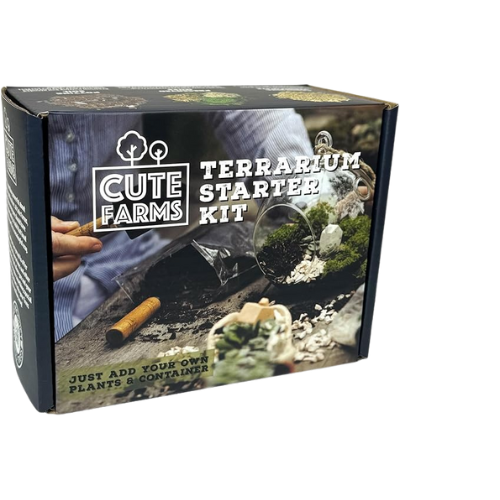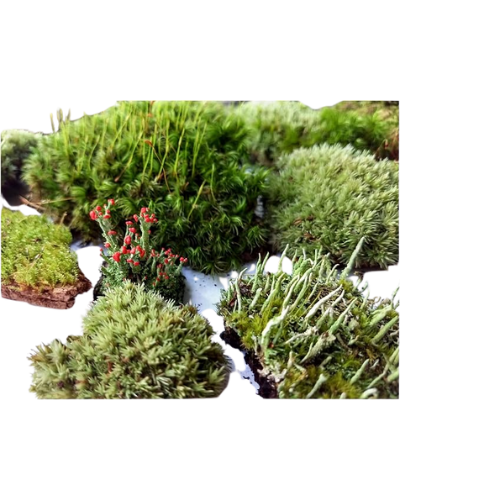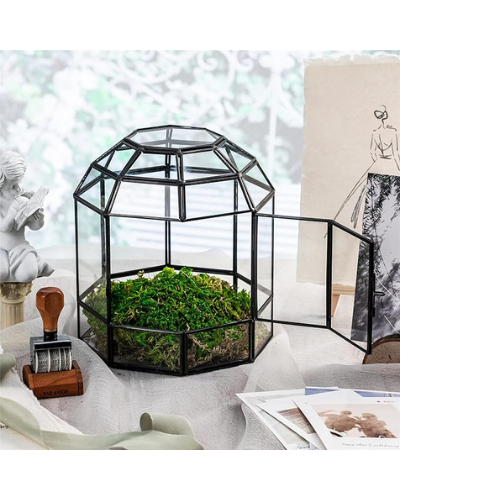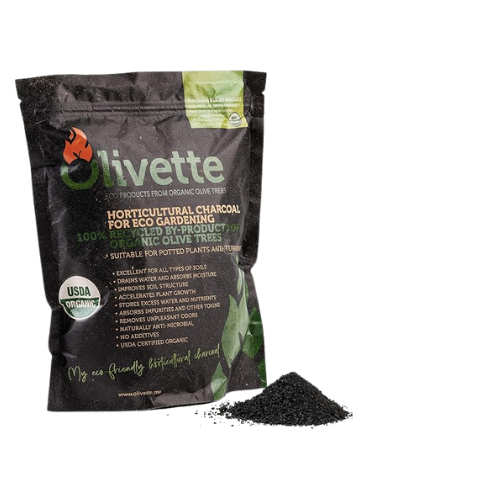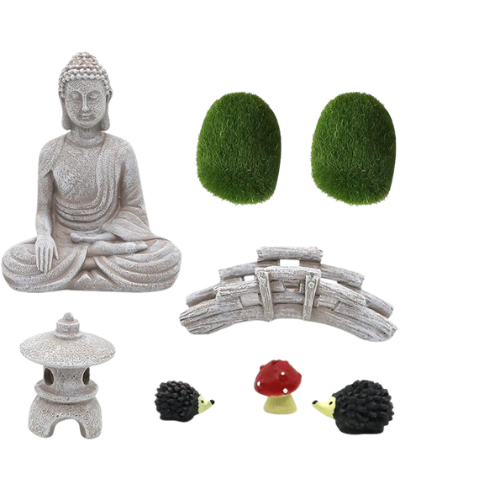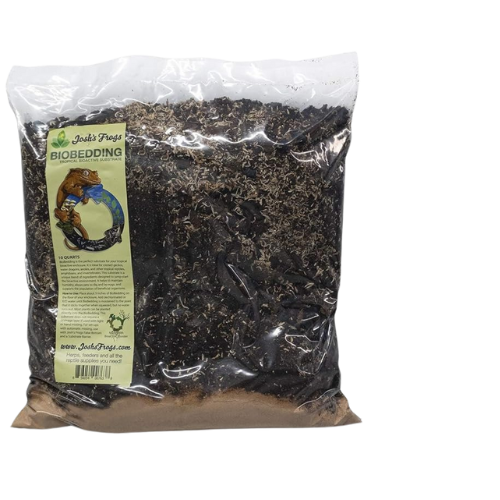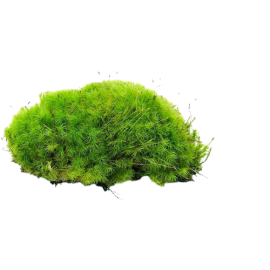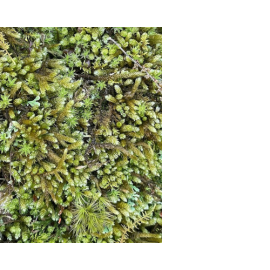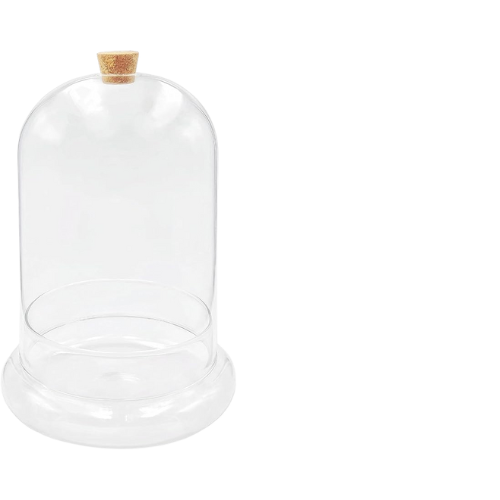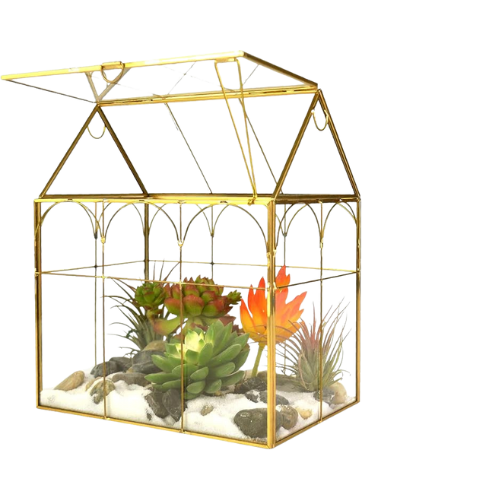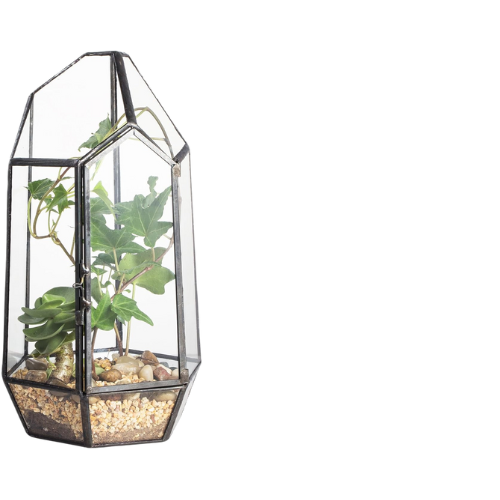Moss: Your Complete Guide to Mosses
Moss belongs to the division Bryophyta, which contains more than 18,000 known bryophyte species.
Dating back over 450 million years, bryophytes make up some of the oldest plants in existence.
A type of non-vascular plant that lacks true stems, roots, and leaves, moss anchors itself in place with root-like appendages called rhizoids.
Home / Moss




ARTICLES

Ancient Non-Vascular Plants
One of Earth’s most drought-resistant plants, mosses source water and nutrients from the outside versus from the ground and reproduce by growing spores instead of making blooms and seeds.
More advanced vascular plants like ferns didn’t appear on earth until about 50 million years later.

Bryophytes
The division Bryophyta includes Mosses, Liverworts (named after the liver-like shape of some species), and Hornworts (named after the horn-like appearance of their sporophytes).
Bryophytes lack the specialized tissues for transporting water and nutrients, such as xylem and phloem, which are characteristic of vascular plants like ferns, conifers, and flowering plants.
Instead, bryophytes absorb water and nutrients directly from their surroundings through their cell walls. This lack of vascular tissues is one of the defining characteristics of bryophytes.
Like mosses, both liverworts and hornworts commonly live in moist environments, playing important roles in the ecosystem, including helping to maintain soil stability and water quality.

Masterful Ecosystem Janitors
Commonly found in damp environments, such as in forests, wetlands, and on the banks of streams and rivers, mosses maintain water quality and play important roles in soil formation and stabilization.
Some species of moss can be used for their ability to act as indicators of environmental pollution and changes in climatic conditions.
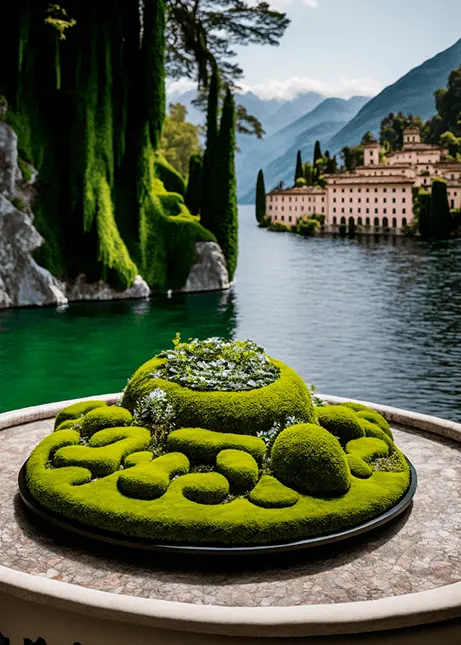
What Does Moss Need to Live?
- Moisture: Moss requires a consistently moist environment to survive, as it lacks the root system to absorb water.
- Light: While moss can grow in low light conditions, it thrives in environments with bright, indirect light.
- Proper pH: Most mosses prefer acidic soil with a pH between 5 and 6.
- Nutrients: Mosses get their nutrients from the surrounding air and water, and can grow in nutrient-poor environments.
- Air flow: Moss needs air to complete the exchange of gases necessary for photosynthesis.

Can Moss Grow On Wood?
Yes, many species of moss can grow on wood. In fact, wood makes a common base for moss gardens or for adding a green accent to surfaces such as walls, fences, or sculptures.
The most common moss types that can live on wood include:
- Fontinalis antipyretica
- Hypnum curvifolium
- Plagiomnium ciliare
- Polytrichum commune
- Sphagnum moss
The suitability of a particular species of moss for growing on wood depends on factors such as the amount of light and moisture available, the pH of the wood surface, and local environmental conditions.

Does Moss Need Soil to Grow?
No, moss does not need soil to grow.
As non-vascular plants without root systems like other plants, mosses absorb water and nutrients directly through their leaves and stems.
Thus, while still requiring moisture, appropriate light, and proper temperature conditions to thrive, moss can grow in a variety of environments, including on rocks, tree trunks, and other surfaces, without the need for soil.

Does Moss Need Water to Live?
Yes, moss needs water to survive. As non-vascular plants, mosses do not have a root system like other plants. Instead, they absorb water and nutrients directly through their leaves and stems. As a result, mosses require a consistent source of moisture to survive.
In the wild, mosses typically grow in consistently moist environments, such as in forests or near streams, but in indoor environments, moss requires adequate water to maintain a suitable level of moisture.
However, overwatering can harm moss, so be sure to monitor moisture levels carefully and adjust watering accordingly.
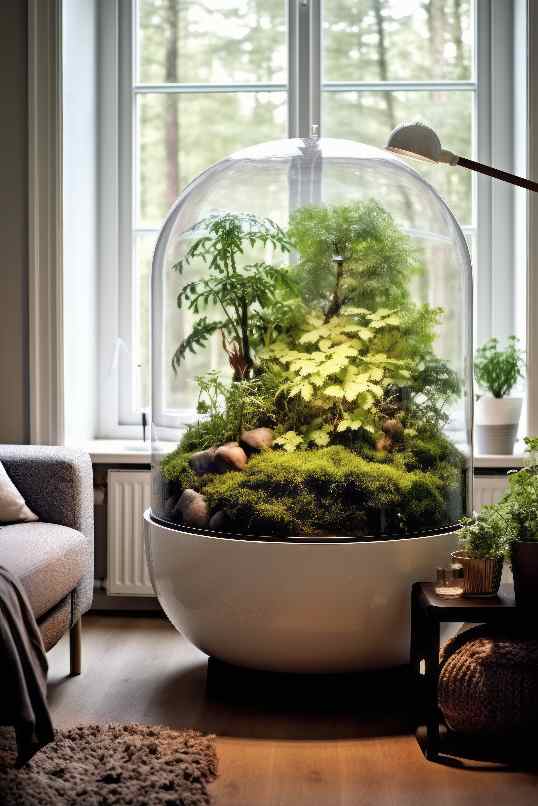
Can Moss Grow On Plastic?
It is possible to grow moss directly on plastic, but risk of mold exists if the moss is kept wet for too long. Provide proper drainage and air flow to prevent mold growth and keep the moss healthy. Adjust watering as needed to maintain a suitable environment for the moss to thrive.
To minimize mold risk, create a layer of growing medium, such as sphagnum moss or coconut coir, between the plastic and the moss. The growing medium will help retain moisture for the moss and provide a more suitable environment for its growth, while also reducing the risk of mold.
Moss Terrarium Starter Supplies
Shop On Amazon


Best Plants for Erosion Control
These grasses, shrubs, and trees stabilize soil, reduce runoff, and improve infiltration through deep and extensive root systems. Learn more.
10 Proven Ways to Improve Your Health and Wellness in 2025 In today’s fast-paced
50 Boho Bedroom Ideas for a Cozy Bohemian Retreat Transform your bedroom into a
Mid-Century Modern Bedroom Ideas Mid-century modern bedrooms sweep you into a vibrant era that

